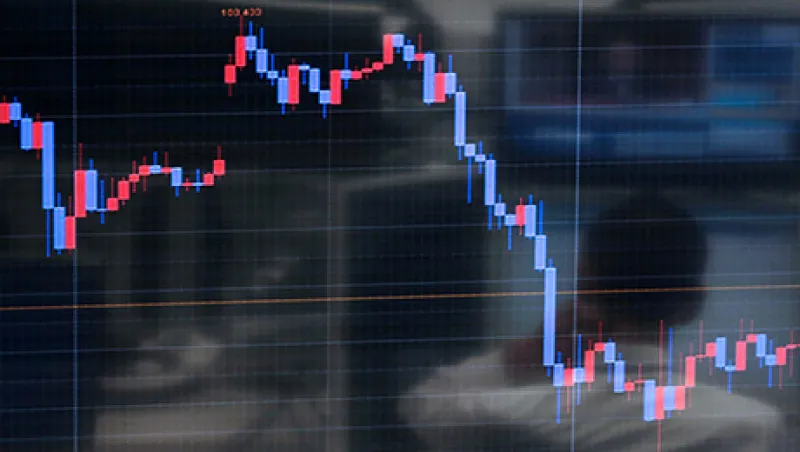Funding shortfalls have left many plan sponsors scrambling for alpha. In large part, they are embracing the merits of investing in the developing world with the hope of realizing the return premium that emerging-markets equities have historically delivered. But with risk allocation now taking center stage for many plans, sponsors are finding it more difficult to ignore the risks of investing in emerging markets. These risks include slowing growth and lack of liquidity, especially given the high volatility and increasing correlation of emerging-markets equities to those of developed economies.
Is it possible to meaningfully lower the relative risk of investing in emerging markets while at the same time capture the potential return premium and alpha from the inefficiency of the index? The short answer is yes.
Emerging-markets managed-volatility strategies provide investors with access to the developing world without having to sacrifice growth potential in exchange for risk reduction. In other words, it’s not a choice between capital appreciation and capital preservation. For plan sponsors concerned about meeting their future funding obligations, it’s the need for —and availability of — both.
These strategies, like their equivalents for developed markets, are based on estimates of volatility rather than forecasting the future returns of stocks. As a result, emerging-markets managed-volatility strategies are able to adapt more readily to changing economic conditions. This approach eliminates the need for hedging or trying to time the market — at which most investors are not very successful — while providing plan sponsors with the potential for the capital appreciation they need to meet future funding requirements and the capital preservation they desire. Simply put, these strategies offer institutional investors a potential source of alpha with the possibility of lowering expected risk. Emerging-markets managed-volatility strategies target a reduction in risk of as much as 35 percent, compared with the MSCI emerging-markets index over an entire market cycle, and an excess return of 300 to 400 basis points above the index. Risk controls embedded in the investment process provide the potential to achieve these targets.
An emerging-markets managed-volatility strategy can provide plan sponsors three key benefits. First, it provides a different way to beat the market, making such a portfolio highly complementary to more traditional approaches, as well as to a multimanager portfolio. Second, it can also lower overall portfolio risk by counterbalancing the extra risk taken on by traditional active managers in a global equity structure. And third, it can bring emerging-markets equities closer to the risk levels of non-U.S. developed-markets equities, with the potential for higher returns.
Emerging-markets managed-volatility strategies differ from low-volatility or minimum-variance approaches by varying the degree of defensiveness as market conditions change. Reducing exposure to volatility in this way has a similar effect to that produced by a low-volatility portfolio during high-risk periods and drops to much lower levels during normal market conditions. As a result, the managed-volatility portfolio should more fully participate in market rallies, when a minimum-variance or low-volatility portfolio might be expected to lag. As risk regimes change, volatility estimates can detect this fairly promptly. The portfolio optimization can reflect the change, and the portfolio configuration can readily assume the optimal posture for the new risk regime, allowing the managed-volatility strategy to weather volatility spikes and avoid whipsawing (and dramatic changes in funding levels).
Focusing on the risk reduction during periods of market stress has two major potential benefits: It helps the portfolio outperform the market over the long term, and it increases the likelihood of consistency of outperformance.
Stock market volatility tends to vary between distinctly identifiable volatility regimes and thus emphasizes the value of employing dynamic risk reduction in the management of emerging-markets equities. Markets transition fairly slowly between volatility regimes, and risk metrics measured by competent statistical methodologies can identify those shifts in a timely fashion and respond accordingly. Given the wide range of volatility environments experienced by emerging markets over long periods, this dynamic approach to volatility reduction can prove to be extremely useful in balancing the seemingly conflicting objectives of capital preservation and capital appreciation in emerging-markets equity investing.
Adrian Banner is CEO and CIO of INTECH Investment Management, a West Palm Beach, Florida–based global institutional investment manager that uses a mathematical approach to managing equity portfolios and is an independently managed subsidiary of Denver-based Janus Capital Group. Banner works out of INTECH’s research office in Princeton, New Jersey.
Get more on equities.






